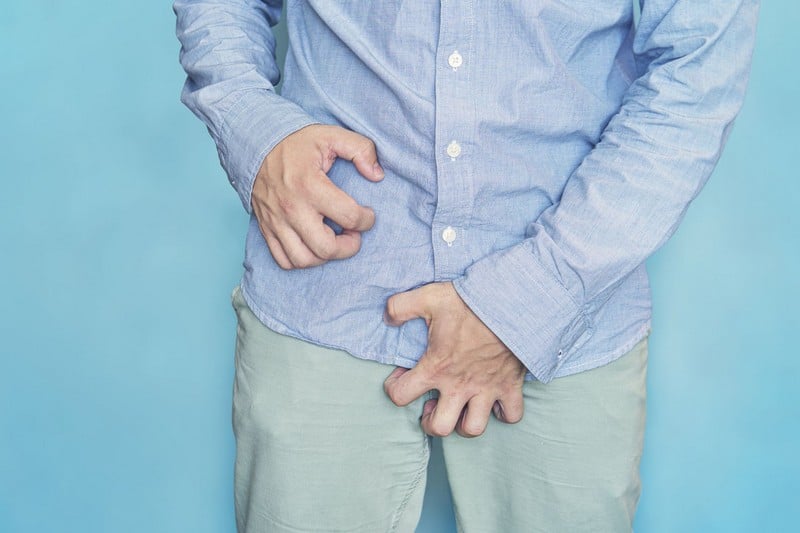Herpes is a viral infection transmitted through skin-to-skin contact. The virus can be found in the mouth, the genitals, and the scalp. Sharing objects touching a person’s lips or genitals with someone with an open sore can also spread herpes. This is why it’s essential to practice safe sex and avoid sharing razors or toothbrushes with anyone who has (or may have) the disease.
According to the Centers for Disease Control and Prevention, about 74 million people in the United States have genital herpes. This common sexually transmitted disease causes painful sores and blisters in the mouth or genitals. But there are many other symptoms a person can experience with herpes, too.
Herpes is most commonly associated with cold sores (or fever blisters), but this condition often presents itself differently in women than in men. Here are the most common signs and symptoms of male genital herpes.
A Tingly, Itchy Feeling Around the Genitals

It’s important to note that the symptoms of herpes can be either mild or severe, depending on whether a person has oral herpes or genital herpes. For example, some people experience only a tingly, itchy feeling around their genitals due to an outbreak.
Others may experience painful blisters and raw skin that eventually dry out and flake off. In more extreme cases where the virus is spread to other parts of the body (such as the mouth), they may develop swollen lymph nodes in addition to sores in the mouth or throat.
Because these symptoms can vary so widely depending on individual circumstances, it’s also possible for them to be mistaken for something else entirely, like jock itch or hives, which makes proper diagnosis difficult at times.
However, if a person has herpes simplex virus (HSV-2), they may also experience pain when urinating, swelling of the groin’s lymph nodes, and a fever. The most common herpes symptoms are sores or blisters on or around the genitals. These can be painful to touch, but they usually clear up within two weeks without treatment.










